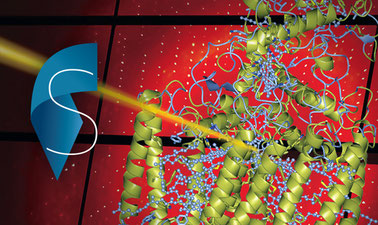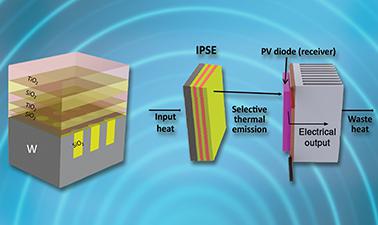The online light simulations on this page will help you to discover what light is from a physics point of view and what are its most important characteristics and properties.
Light is a form of electromagnetic radiation that behaves either as a particle (photon) or as a wave. This dual property of light is described by quantum theory and electromagnetic theory. According to quantum theory, light is composed of photons, massless particles that travel at the speed of light and have energy and momentum. According to electromagnetic theory, light propagates as an electromagnetic wave, with characteristics such as wavelength, frequency, amplitude and speed.
The wavelength of light determines its color. Visible light ranges from approximately 400 nanometers (violet) to 700 nanometers (red). Different wavelengths are perceived by our eyes as different colors. The speed of light in a vacuum is a fundamental constant in physics and has the value of 299,792,458 m/s.
Light interacts with matter in various ways. It can be reflected, absorbed or transmitted by different objects. Reflection occurs when light bounces off a surface, such as a mirror. Absorption occurs when light is captured by an object and converted into thermal energy. Transmission occurs when light passes through a medium without being absorbed or reflected.
Light has numerous applications in technology and everyday life. It is used in lighting, optical communication (such as fiber optics), photography, medicine (such as laser therapy), precision optics, display technology (such as LED and OLED displays) and many other fields.
Explore the exciting STEM world with our free, online simulations and accompanying companion courses! With them you'll be able to experience and learn hands-on. Take this opportunity to immerse yourself in virtual experiences while advancing your education - awaken your scientific curiosity and discover all that the STEM world has to offer!
- Molecules
- Primary
- RGB
- Color
- Rainbow
Molecules and light
Turn on the light source to explore. Watch what happens in the observation window as you set up different combinations of light source and molecule. This simulation has a zoom function, so you can enlarge sections of the simulation for a closer look, if necessary.
File
Colores primarios
Primary colors are those that cannot be obtained by mixing other colors. They are the basis for the creation of all other colors in different color models. There are two primary color models. The additive (RGB) model is used in displays and electronic devices. Its primary colors are red, green and blue. By combining them in different intensities, other colors can be formed, including white. The subtractive model (CMY/CMYK) is used in printing and pigments. Its primary colors are cyan, magenta and yellow. By mixing them in different proportions, other colors are obtained, and by combining them all theoretically black is obtained. Each color model is applied according to the context in which the color combination is needed. In this simulation you can mix colors following the two models and observe the results.
RGB model
Observe in this simulation the effect on an image of varying the mix of primary colors according to the RGB model.
Color vision
Create a rainbow by combining red, green and blue light. Change the wavelength of a monochromatic beam or white light filter. See light as a solid beam, or as individual photons.
File
Rainbow colors
El arcoíris se compone de siete colores principales, ordenados según su longitud de onda: Rojo (el más externo, con la mayor longitud de onda), Naranja, Amarillo, Verde, Azul, Índigo y Violeta (el más interno, con la menor longitud de onda). En realidad, no hay un número fijo de colores, ya que el arco iris es un ejemplo natural de la descomposición de la luz blanca y es un espectro continuo de luz visible. Los siete colores son una simplificación tradicional. Observa en esta simulación como cambia el espectro de color al modificar la frecuencia y la amplitud de los colores primarios.
- Beam
- Molecules
- Color
Beam of light
Beams of light coming from a light source can be divergent, convergent or parallel. Find examples of parallel rays in addition to the sun’s rays.
Molecules and light
Turn on the light source to explore. Watch what happens in the observation window as you set up different combinations of light source and molecule. This simulation has a zoom function, so you can enlarge sections of the simulation for a closer look, if necessary.
File
Color vision
Create a rainbow by combining red, green and blue light. Change the wavelength of a monochromatic beam or white light filter. See light as a solid beam, or as individual photons.
File
STEM education equipment
Physics courses


AP® Physics 1: Challenging Concepts



Circuits for Beginners



AP® Physics 2: Challenging Concepts



The Basics of Transport Phenomena



Synchrotrons and X-Ray Free Electron Lasers (part 1)


Silicon Photonics Design, Fabrication and Data Analysis



Nanophotonic Modeling



Fiber Optic Communications




















